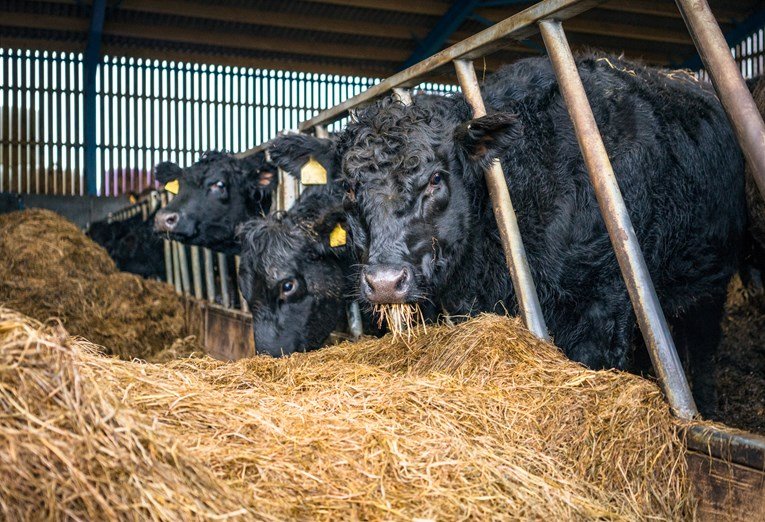SRUC awarded £700k to measure cattle emissions
SRUC researchers have been awarded nearly £700,000 for equipment* which will form part of an ultra-modern research facility to measure emissions from beef cattle, supporting the UK Government’s goals to achieve net-zero greenhouse gas emissions by 2050.
The winning project, titled ‘UltraGreenCow: Comprehensive greenhouse gas and ammonia emissions measurement capacity for large ruminant production’ has become one of 29 projects to receive a portion of the £13 million of funding available from the Biotechnology and Biological Sciences Research Council (BBSRC) for mid-range equipment for biosciences research.
The UltraGreenCow project is set to be one of the few locations in the world which can measure all emissions from livestock.
The UltraGreenCow project, led by SRUC researchers Dr Gemma Miller, Professor Rainer Roehe and Prof Carol-Anne Duthie, will build upon SRUC’s existing GreenCow facility. UltraGreenCow is set to be one of the few locations in the world which can measure all emissions from livestock (including methane, nitrous oxide, ammonia and carbon dioxide). The increased knowledge of trade-offs between these pollutants will provide essential data for mitigation measures, such as feed additives, at a time when farmers are under intense pressure to reduce emissions.
“In the UK, agriculture is responsible for 11% of Greenhouse Gases (GHGs) and 87% of ammonia emissions. Around 50% of GHGs and 75% of ammonia emissions from agriculture are associated with livestock or their wastes. Therefore, reducing emissions of these gases from agriculture is vital to meeting these ambitious commitments. However, there is a real risk that implementing a mitigation measure to reduce one gas could lead to increases in one or more of the others.
“Currently there are very few facilities with the capability to measure emissions of all these gases simultaneously from individual animals, which is apparent in the low number of studies reporting all of them.
“Gaining comprehensive data supporting reductions in all emissions will improve cohesion between different policy objectives and help improve farmer and consumer confidence, leading to greater uptake of mitigation measures.”
For more information about research work at SRUC, visit: www.sruc.ac.uk/research.
*Equipment includes:
NH3 and N20 gas sampling and analysis system
Air handling units
Combined hydronic unit
System control hardware and software
For further information, please contact:


